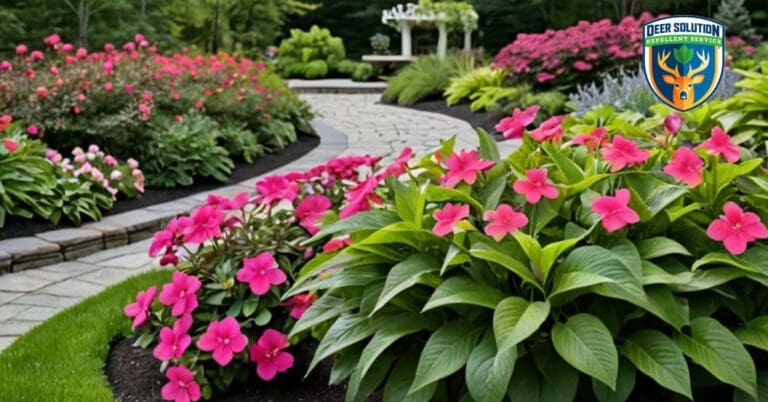Impatiens, with their vibrant colors and resilient nature, are a popular choice for gardeners seeking to add a touch of vibrancy to their outdoor spaces. However, as deer populations continue to thrive in suburban and urban areas, the question of whether these delicate blooms are susceptible to deer grazing becomes increasingly relevant. Exploring this delicate balance between nature’s beauty and the foraging habits of deer can provide valuable insights for gardeners and nature enthusiasts alike.
The Allure of Impatiens
Impatiens, commonly known as touch-me-nots or busy Lizzies, are a genus of flowering plants renowned for their striking blooms and ease of cultivation. These annuals thrive in shaded areas, making them an ideal choice for gardens with limited sunlight exposure. Their diverse color palette, ranging from vibrant reds and pinks to soothing whites and purples, adds a captivating visual element to any landscape.
Deer Dietary Preferences
While deer are often perceived as indiscriminate grazers, their dietary preferences are influenced by various factors, including plant palatability, availability, and nutritional value. Deer tend to favor tender, succulent plants, particularly those with a high protein and energy content. This preference often leads them to target young, emerging shoots and buds, as well as lush, leafy foliage.
Do Deer Eat Impatiens?
The answer to whether deer eat impatiens is not a straightforward one. While some gardeners report minimal damage to their impatiens beds, others have experienced significant grazing from these herbivores. The extent of deer browsing on impatiens can depend on several factors, including the availability of other preferred food sources, the density of the local deer population, and the specific cultivar of impatiens planted.
It’s important to note that deer are opportunistic feeders, and their dietary preferences can vary based on the local environment and seasonal changes. In areas with abundant alternative food sources, deer may be less likely to target impatiens. However, in regions with limited vegetation or during periods of scarcity, these blooms may become a more attractive target for deer foraging.
Eco-Friendly Deer Management Strategies
While fencing and other physical barriers can be effective in deterring deer, an eco-friendly approach that aligns with sustainable practices is often preferred. Deer Solution’s proprietary repellent service offers a comprehensive solution tailored to each property’s unique needs. By utilizing an all-natural, EPA-approved formula, Deer Solution’s monthly applications create a protective barrier around your landscape, deterring deer from grazing on your precious impatiens and other plants.
Embracing eco-friendly deer management strategies not only safeguards your garden but also promotes a harmonious coexistence with nature. By understanding deer behavior and implementing sustainable deterrents, gardeners can enjoy the beauty of impatiens and other flowering plants without compromising the delicate balance of their local ecosystem.








